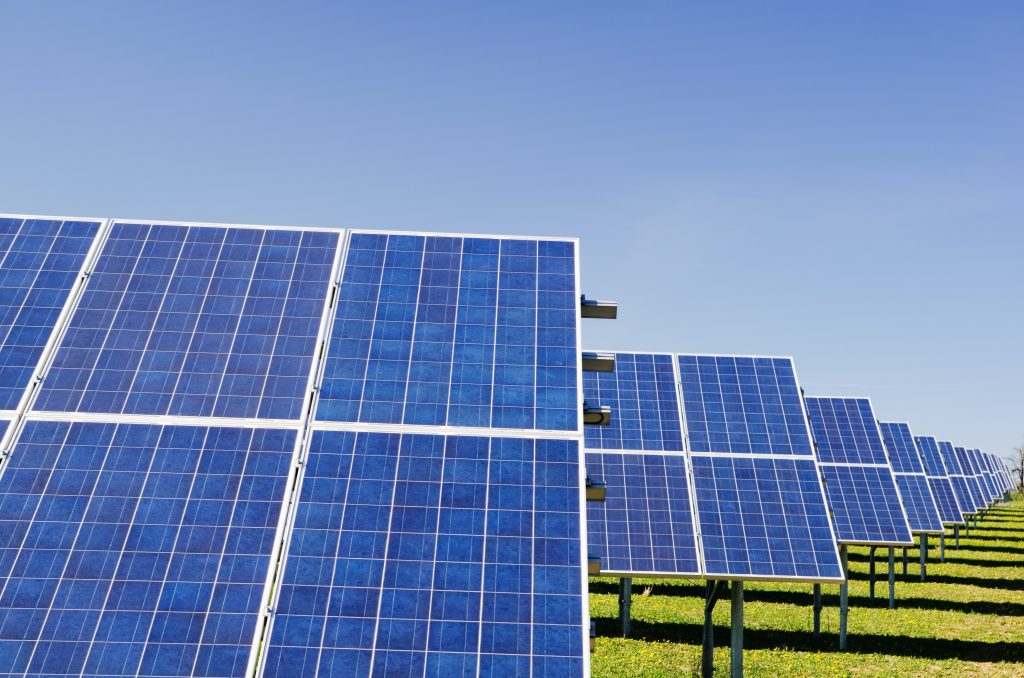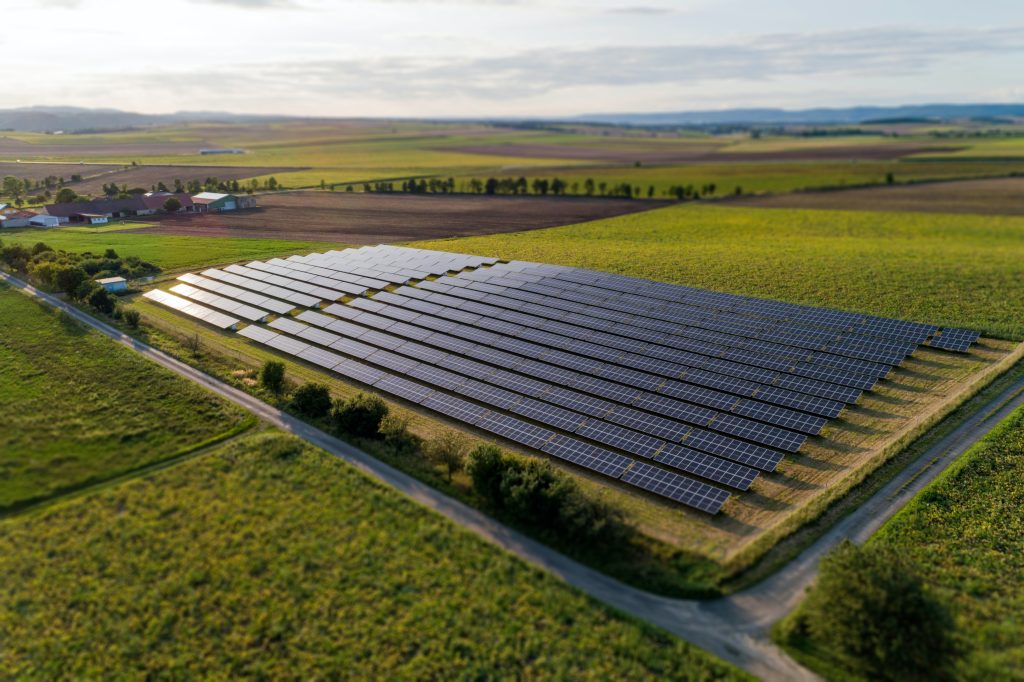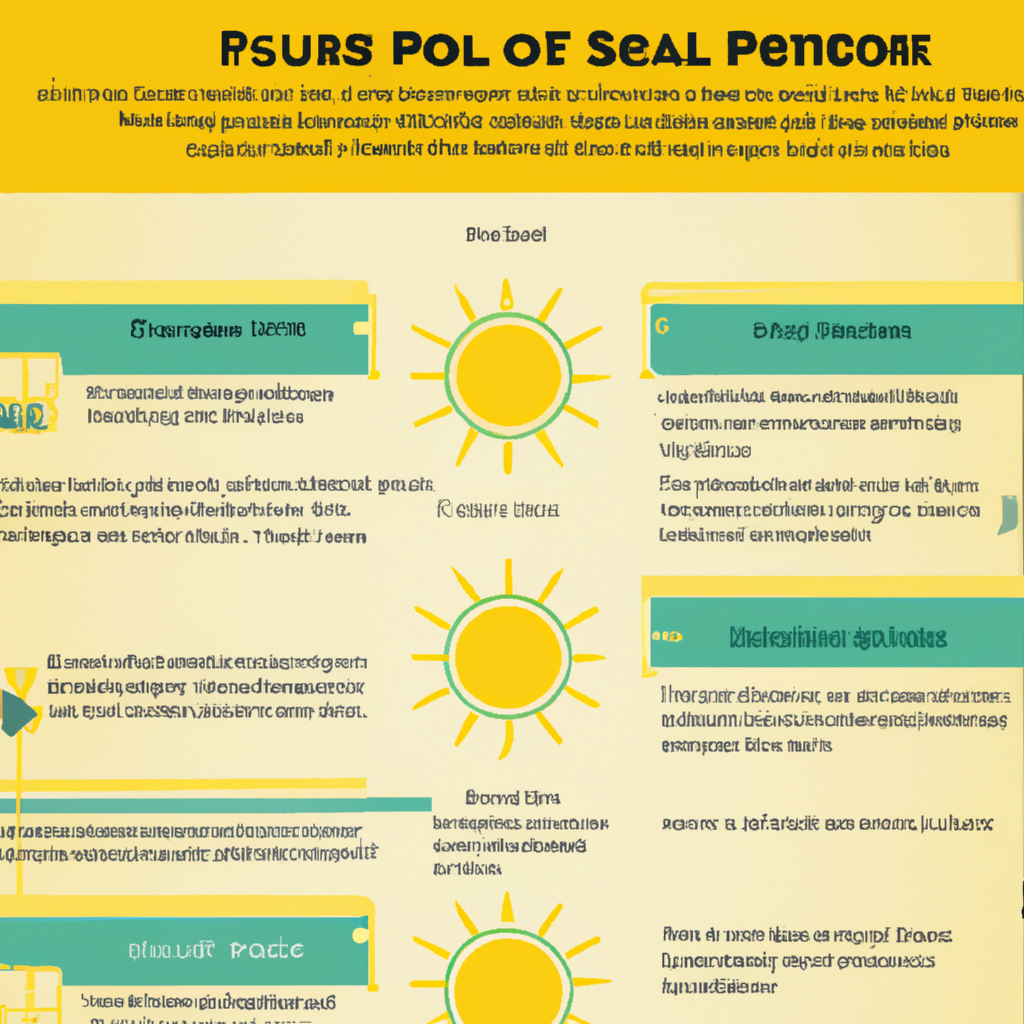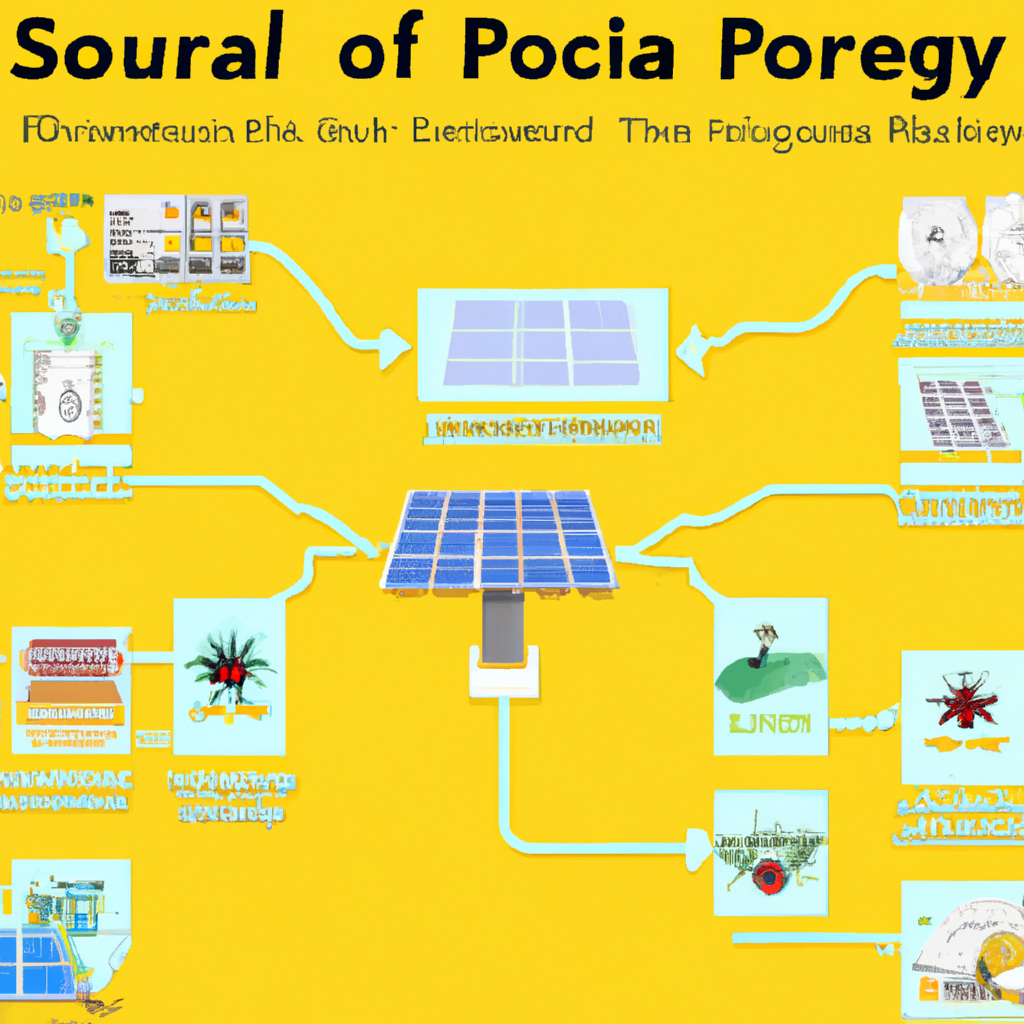How Does Solar Power Work
As an Amazon Associate, I earn from qualifying purchases, at no additional cost to you. Disclaimer
I’m thrilled to take you on a tour through the radiant realm of solar power. It’s a fascinating journey where we’ll explore how sunlight, the same light that brightens up our day, is transformed into a clean, renewable source of energy – power that lights up our homes. So, without further ado, let’s illuminate the intricacies of how solar power works.

Understanding Solar Energy
What is solar energy?
Solar energy is the radiant energy emitted by the sun, which is harnessed using a variety of technologies such as photovoltaic cells, solar heating, and others, to generate electricity or produce heat. Essentially, solar energy is a renewable, clean source of power that has the enormous potential to meet many of the challenges our world faces in terms of energy supply.
Types of solar energy: Photovoltaic and thermal
Solar energy can be broadly divided into two types: photovoltaic and solar thermal. Photovoltaic (PV) technology directly converts sunlight into electricity using panels embedded with semiconductors. On the other hand, solar thermal technology uses the sun’s heat to produce electricity or heat water or air for residential and commercial use.
The importance of solar energy
Solar energy is crucial because it’s a sustainable, renewable energy source, unlike fossil fuels. It reduces the dependence on oil and gas, promotes energy independence, and helps combat adverse effects of climate change by providing a cleaner, greener energy source. Solar energy is also versatile as it can be used for various applications such as electricity generation, water heating, cooking, and much more.
Advantages of solar energy
Solar energy provides numerous significant benefits. It’s a renewable resource that can be harnessed in all areas of the world and is available every day. Unlike other energy sources, the sun’s power doesn’t get depleted. Solar energy systems don’t produce air pollutants or greenhouse gases, and require little maintenance. Additionally, solar power can reduce electricity bills significantly, making it an attractive option for many homeowners.
Components of a Solar Power System
Solar panels
solar panels are crucial components of a solar power system. They consist of photovoltaic cells that convert sunlight into electricity. Each solar panel is made up of many solar cells linked together. These cells are usually made from silicon, a semiconductive material.
Inverters
An inverter is another essential component of a solar power system. It’s designed to convert the direct current (DC) produced by solar panels into alternating current (AC), which is the type of electricity utilized in homes and businesses.
Battery Storage
Battery storage in a solar power system allows excess electricity produced by solar panels to be stored and used later, such as during nighttime or cloudy weather. This component increases the system’s efficiency and reliability by ensuring a continuous supply of power, even during periods without sun.
Balance of system (BOS): wires, cords, and other hardware
The balance of system (BOS) includes all components of a solar power system except for the solar panels. This includes wiring, cords, inverters, mounting hardware, and other necessary equipment for the system to function efficiently and safely.

The Science behind Solar Panels
How solar panels are made
Solar panels are typically composed of many smaller units known as photovoltaic cells. These cells are made using layers of semiconductive material, typically silicon. These layers create an electric field, similar to a magnetic field, which gets activated when exposed to sunlight.
The role of silicon in solar panels
Silicon plays a crucial role in solar panels as it’s used to create the semiconductor layers in photovoltaic cells. When sunlight hits these layers, it dislodges electrons in the silicon atoms, causing them to move and create an electric current.
How photons are converted to electricity
The process of converting sunlight to electricity involves photons from the sun’s rays knocking electrons free from atoms. This interaction induces a flow of electricity in a process known as the photovoltaic effect.
The Process of Photovoltaic Power
What is photovoltaic power?
Photovoltaic power is a method of generating electric power by using solar cells to convert sunlight directly into electricity. This happens using an electronic process that naturally occurs in certain types of materials, called semiconductors.
How photovoltaic cells generate power
Photovoltaic cells generate power by exploiting the photovoltaic effect, where sunlight hitting the semiconductor material in the solar cell creates an electric current. The generated electricity can then be used instantly or stored in batteries for later use.
How solar panels collect and use photovoltaic power
Solar panels are designed to maximize the capture of sunlight and convert it into electricity. Composed of multiple solar cells, a panel absorbs photons from sunlight, inducing the photovoltaic effect. The resulting electricity is then either consumed directly, fed into the grid, or stored in batteries.

The Role of Inverters in a Solar Power System
The purpose of an inverter
Inverters serve a critical role in a solar power system. They convert the direct current (DC), produced by solar panels into the alternating current (AC) that can be used by home appliances or fed back into the grid.
How an inverter transforms DC power to AC power
An inverter works by using transformers and electronic switches to convert DC power to AC power. The switches flip on and off rapidly to reverse the electricity’s direction, thus transforming DC into AC.
Different types of inverters
There are three main types of inverters – string or centralized inverters, which are connected in a series with multiple solar panels; microinverters, which are attached to individual solar panels, and power optimizers, which are a combination of string and microinverters.
The Use of Battery Storage in a Solar Energy System
How battery storage works
Battery storage works by storing the excess electricity generated by solar panels. The power stored can later be used when the panels aren’t generating enough power, such as at night or during cloudy weather.
Different types of solar batteries
Various types of solar batteries are available, including lead-acid, lithium-ion, and saltwater batteries. Each type has its own strengths and weaknesses in terms of capacity, lifespan, and cost.
The purpose and advantages of battery storage
Battery storage serves the primary purpose of ensuring consistent power supply even when a solar system isn’t generating electricity. The advantages are increased energy independence, less reliance on the power grid, and the ability to store electricity for use during peak demand times.

The Efficiency of Solar Power Systems
Factors that affect the efficiency of solar power systems
Many factors can affect the efficiency of solar power systems – the amount of sunlight, angle of the solar panels, temperature, and the cleanliness of the panels. Even the efficiency of the inverter and age of the system can influence the overall system efficiency.
How to improve the efficiency of solar power systems
Improving the efficiency of solar power systems can be achieved by installing the panels at an optimal angle, keeping them clean, and using a quality inverter. Regular maintenance and periodic equipment checks also contribute to a system’s efficiency.
The impact of location and weather on solar panel efficiency
Solar panel efficiency largely depends on the geographical location and the local climate. Panels placed in areas with plenty of direct sunlight tend to be more efficient. Weather factors like temperature and cloud cover also significantly impact the efficiency.
Maintenance and Durability of Solar Power Systems
How long solar power systems typically last
Typically, solar power systems are quite durable and capable of lasting for 25 to 30 years or more. However, their performance may gradually decline over time due to general wear and tear.
How to maintain and clean solar panels
Solar panels require minimal maintenance. However, periodic cleaning to remove dust, dirt, and other debris can help keep solar panels functioning optimally. Regular system checks by professionals can also identify and address any potential issues early.
Common problems and solutions in solar power systems
Common problems in solar power systems can vary from shaded solar panels to malfunctioning inverters. Usually, suitable solutions involve adjusting the panel placement, replacing faulty components, or upgrading the system for better performance.

Solar Energy and the Environment
Environmental benefits of solar energy
Solar energy has several environmental benefits. It’s a clean, renewable energy source that helps reduce greenhouse gas emissions. Using solar power instead of conventional forms of energy reduces the demand for finite resources and minimizes the pollution associated with energy production and consumption.
Potential environmental impacts of solar energy
Despite its benefits, solar power does have some environmental impact. The production of solar panels involves mining, manufacturing, and transportation, all of which produce greenhouse gas emissions. Additionally, improper disposal of old solar panels can lead to hazardous waste.
Sustainability of solar power
Despite these impacts, solar power remains one of the most sustainable energy options available. With responsible manufacturing, recycling, and disposal practices, the environmental footprint of solar energy can be significantly minimized.
The Economics of Solar Power
Cost-effectiveness of solar power
While the initial costs of solar power systems can be high, they can provide significant savings over time. Solar power can significantly lower or eliminate electricity bills, and surplus power can often be sold back to the grid.
Government policies and incentives for solar power
Several government policies incentivize solar power, with subsidies and tax credits available in many places to offset the initial investment costs. These incentives, along with falling equipment costs, are making solar power increasingly affordable.
The future of solar power
The future of solar power is bright, with advancements in technology and increased awareness about sustainability driving its growth. As solar energy becomes more efficient and cost-effective, it will likely play a crucial role in meeting global energy needs.

